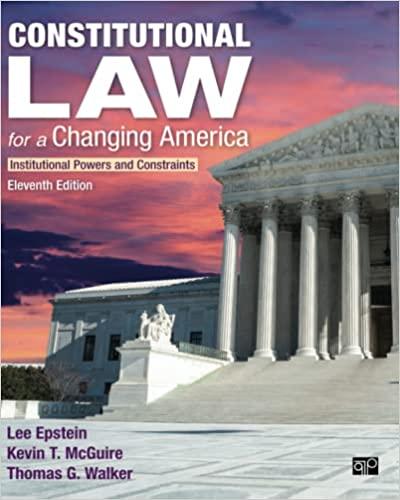Answered step by step
Verified Expert Solution
Question
1 Approved Answer
This is a problem solution of Mark Chanko v ABC, please and include the following; Judgment: Issue : Holding: General analysis: Applied Analysis: 3. Mark
This is a problem solution of Mark Chanko v ABC,
please and include the following;
Judgment:
Issue :
Holding:
General analysis:
Applied Analysis:


Step by Step Solution
There are 3 Steps involved in it
Step: 1

Get Instant Access to Expert-Tailored Solutions
See step-by-step solutions with expert insights and AI powered tools for academic success
Step: 2

Step: 3

Ace Your Homework with AI
Get the answers you need in no time with our AI-driven, step-by-step assistance
Get Started


